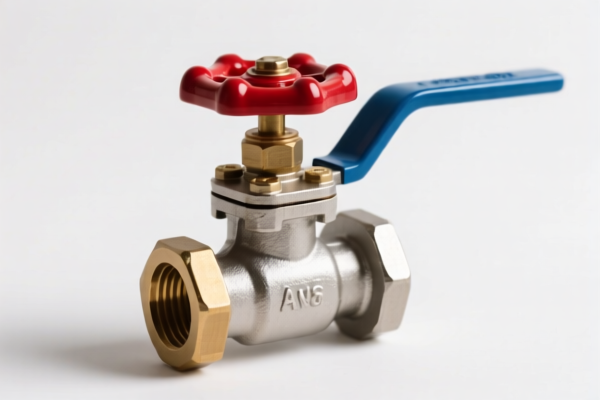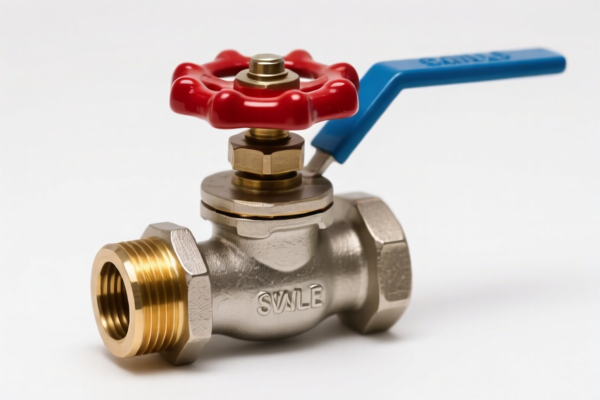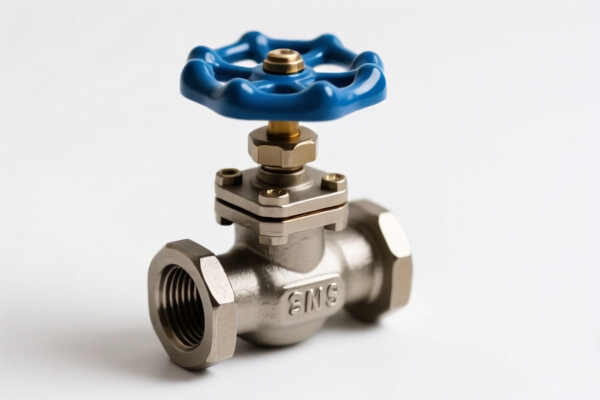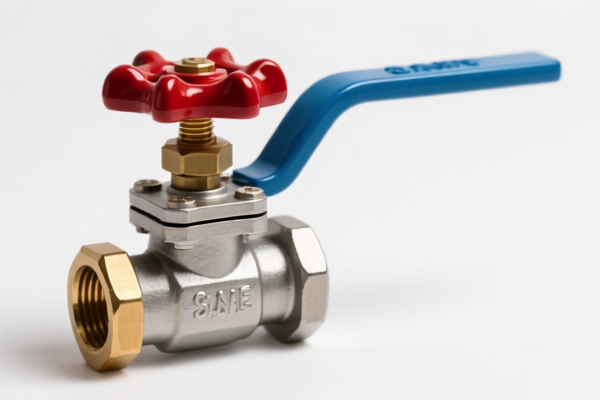| HS Code | Official Doc | Tariff Rate | Origin | Destination | Effective Date |
|---|---|---|---|---|---|
| 8481801070 | Doc | 59.0% | CN | US | 2025-05-12 |
| 8481909060 | Doc | 80.0% | CN | US | 2025-05-12 |
| 8487900080 | Doc | 83.9% | CN | US | 2025-05-12 |
| 8487900040 | Doc | 58.9% | CN | US | 2025-05-12 |
| 7326908688 | Doc | 82.9% | CN | US | 2025-05-12 |
| 7308909590 | Doc | 80.0% | CN | US | 2025-05-12 |
| 9406900190 | Doc | 82.9% | CN | US | 2025-05-12 |
| 9406900130 | Doc | 82.9% | CN | US | 2025-05-12 |
| 3926909940 | Doc | 42.8% | CN | US | 2025-05-12 |
| 3926903000 | Doc | 59.2% | CN | US | 2025-05-12 |
| 3925900000 | Doc | 60.3% | CN | US | 2025-05-12 |
| 3925100000 | Doc | 61.3% | CN | US | 2025-05-12 |




Valve Cover
A valve cover is a component of an internal combustion engine that covers the valve train. It sits atop the cylinder head, sealing the valve train and protecting it from contaminants while retaining oil.
Material:
- Aluminum: Most common material due to its lightweight nature and heat dissipation properties. Often die-cast.
- Plastic: Used in some applications, particularly for cost reduction and noise dampening.
- Steel: Less common now, but historically used and still found in some high-performance or older engines.
Purpose:
- Containment: Prevents oil leakage from the valve train.
- Protection: Shields the valve train components (camshaft, rocker arms, valves, etc.) from dirt, debris, and other contaminants.
- Oil Retention: Acts as a reservoir for oil, providing lubrication to the valve train.
- Ventilation: Often incorporates a Positive Crankcase Ventilation (PCV) system connection to regulate pressure within the crankcase and prevent pressure buildup.
Function:
The valve cover creates a sealed environment above the cylinder head. Oil pumped by the engine's oil pump circulates through the valve train to lubricate moving parts. The valve cover prevents this oil from splashing out and keeps contaminants from entering. The PCV system, connected to the valve cover, draws off combustion gases (blow-by) that leak past the piston rings, preventing pressure buildup and maintaining proper engine operation. Some valve covers also serve as mounting points for other engine components like spark plugs or ignition coils.
Usage Scenarios:
- All internal combustion engines: Essential component in gasoline, diesel, and other engine types.
- Engine maintenance: Frequently removed during valve adjustments, timing belt/chain replacements, and head gasket repairs.
- Performance upgrades: Aftermarket valve covers are available for aesthetic purposes, improved oil capacity, or better ventilation.
Common Types:
- Stamped Steel Valve Covers: Older design, relatively inexpensive, prone to corrosion.
- Die-Cast Aluminum Valve Covers: Most common type, lightweight and durable.
- Plastic Valve Covers: Used for cost reduction and noise dampening, often found on newer engines.
- Financed Aluminum Valve Covers: Designed for improved heat dissipation, often used in high-performance applications.
- Billet Aluminum Valve Covers: High-end, custom-designed covers for aesthetics and performance.
- Sequential Valve Covers: Designed for specific engine configurations, offering improved oil control and ventilation.
Valve covers are protective components typically used to enclose valve mechanisms in engines or similar systems. They can also function as reservoirs or tanks in certain applications. Here's a breakdown of relevant HS codes based on the provided information:
- 8481801070: This code covers taps, cocks, valves and similar appliances for pipes, boiler shells, tanks, vats or the like, including pressure-reducing valves and thermostatically controlled valves; parts thereof: Other appliances: Hand operated: Of copper Having a pressure rating <850 kPa> or over: Globe type. Note: This applies if the valve cover is a hand-operated valve made of copper with a pressure rating above 850 kPa and is globe-type.
- 8481909060: This code covers taps, cocks, valves and similar appliances, for pipes, boiler shells, tanks, vats or the like, including pressure-reducing valves and thermostatically controlled valves; parts thereof: Parts: Other Other: Valve bodies. Note: This applies if the valve cover is a part, specifically a valve body.
- 3926909940: This code covers other articles of plastics and articles of other materials of headings 3901 to 3914: Other: Other Covers, rings and frames for manholes; catch basins; drainage gates and frames thereof; cleanout covers and frames thereof; valve, service and meter boxes. Note: This applies if the valve cover is made of plastic and functions as a cover for valves.
- 3925900000: This code covers builders' ware of plastics, not elsewhere specified or included: Other. Note: This applies if the valve cover is made of plastic and is considered builders' ware not specifically classified elsewhere.
- 3925100000: This code covers builders' ware of plastics, not elsewhere specified or included: Reservoirs, tanks, vats and similar containers, of a capacity exceeding 300 liters (If the valve cover functions as a reservoir or tank). Note: This applies if the valve cover is made of plastic, functions as a reservoir or tank, and has a capacity exceeding 300 liters.
Important Considerations:
- Regarding HS codes 3925900000 and 3925100000, if the valve cover is made of plastic, it's crucial to determine if it functions as a reservoir or tank and its capacity. If it exceeds 300 liters, 3925100000 is the appropriate code.
- For HS codes 3925900000 and 3925100000, please note that these codes apply specifically to plastic valve covers. If the valve cover is made of a different material (e.g., metal), other HS codes may be more appropriate.
- Regarding HS code 3925100000, the reference material explicitly states that this code applies if the valve cover functions as a reservoir or tank. Therefore, confirming this function is essential for accurate classification.
Customer Reviews
No reviews yet.